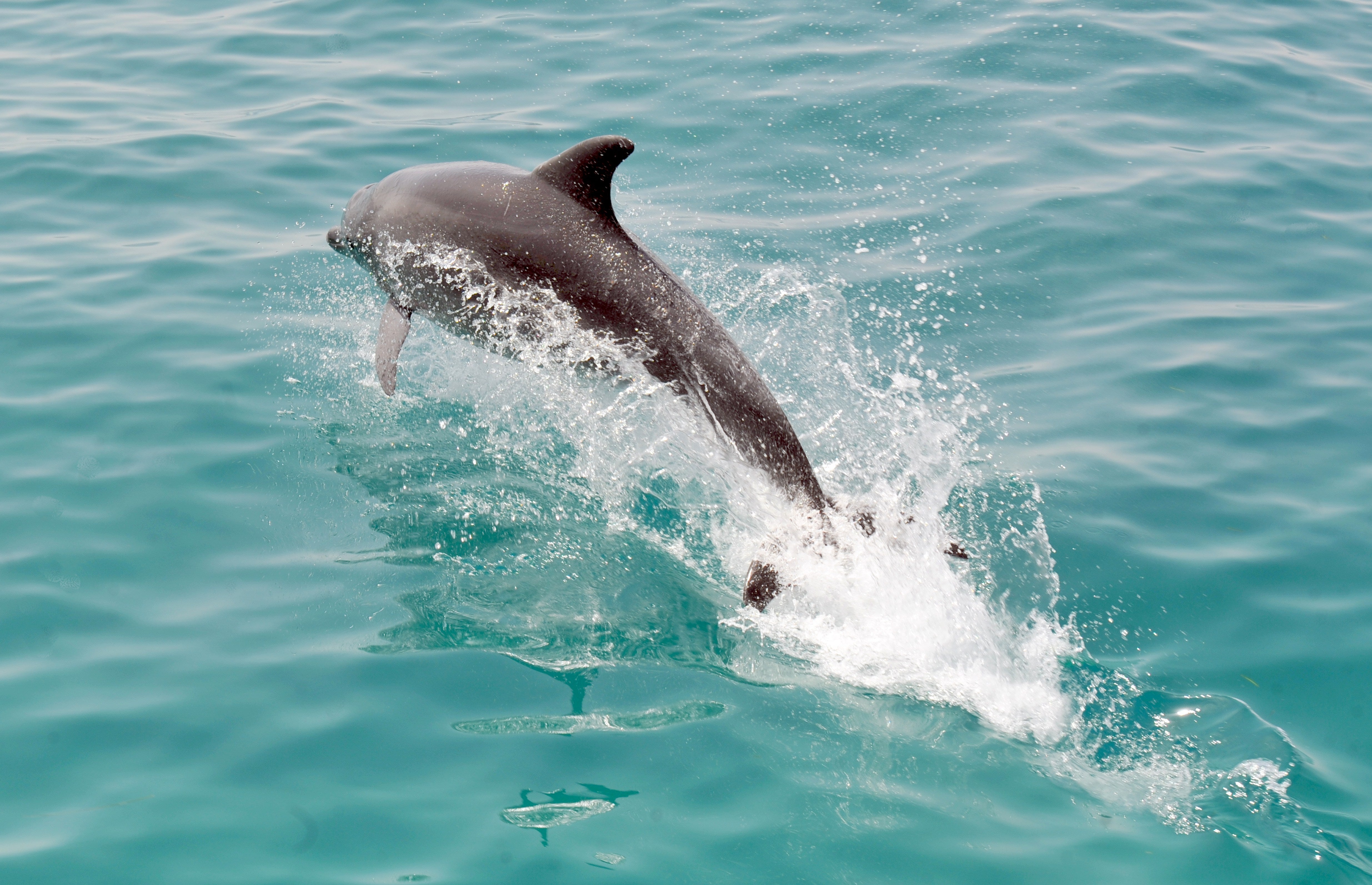Swimming in schools ‘helps fish hear clicks from hunting dolphins’
The school of fish essentially acts as a giant ear to catch the ultrasound

Your support helps us to tell the story
From reproductive rights to climate change to Big Tech, The Independent is on the ground when the story is developing. Whether it's investigating the financials of Elon Musk's pro-Trump PAC or producing our latest documentary, 'The A Word', which shines a light on the American women fighting for reproductive rights, we know how important it is to parse out the facts from the messaging.
At such a critical moment in US history, we need reporters on the ground. Your donation allows us to keep sending journalists to speak to both sides of the story.
The Independent is trusted by Americans across the entire political spectrum. And unlike many other quality news outlets, we choose not to lock Americans out of our reporting and analysis with paywalls. We believe quality journalism should be available to everyone, paid for by those who can afford it.
Your support makes all the difference.Swimming in a school may help one breed of fish hear the ultrasonic clicks of hunting dolphins by acting like a giant echo chamber.
American Shad appear to use their ability to hear ultrasound to avoid dolphins, which hunt by listening for reflections of their clicks from prey.
Researchers from Kourosh Shoele at Florida State University say the individual shad cannot detect dolphin clicks, but a computer model suggests the school acts as an echo chamber for the incoming sound because the sound waves bounce off the regularly spaced fish.
The American shad can therefore detect a dolphin’s sonar sooner and escape.
“Very few of the fish found in the stomachs of dolphins are shad,” Shoele’s student Yanni Giannareas told New Scientist.
Giannareas presented preliminary results at a meeting of the American Physical Society Division of Fluid Dynamics in Phoenix, Arizona, in November.
But David Mann, who was the first biologist to establish that shad can hear ultrasound, is doubtful individual shad cannot detect dolphins’ clicks.
He told the magazine: “The shad ultrasound sensitivity is not super great, but dolphins also click at very high source levels.
“The idea of increasing sensitivity of a school of fish to ambient sounds is interesting and leads one to think about experiments to test it.”
The American Shad is naturally distributed on the North American coast of the North Atlantic and is not closely related to the other North American shad.
Join our commenting forum
Join thought-provoking conversations, follow other Independent readers and see their replies
Comments